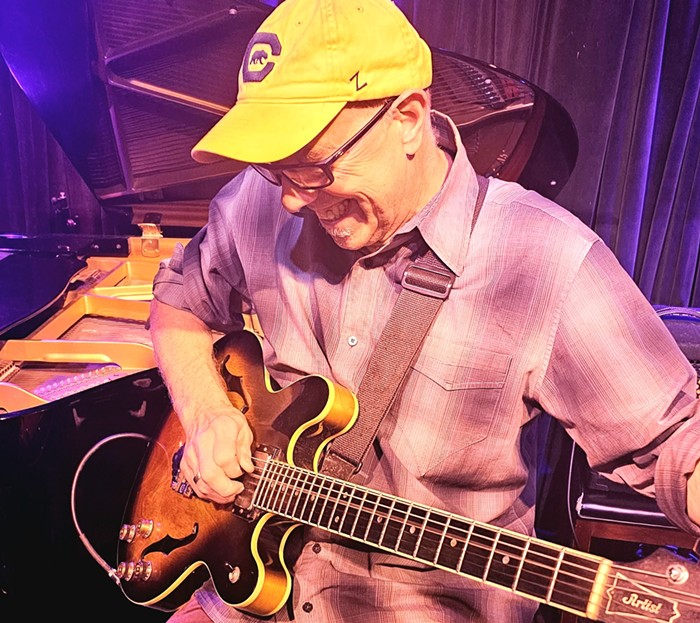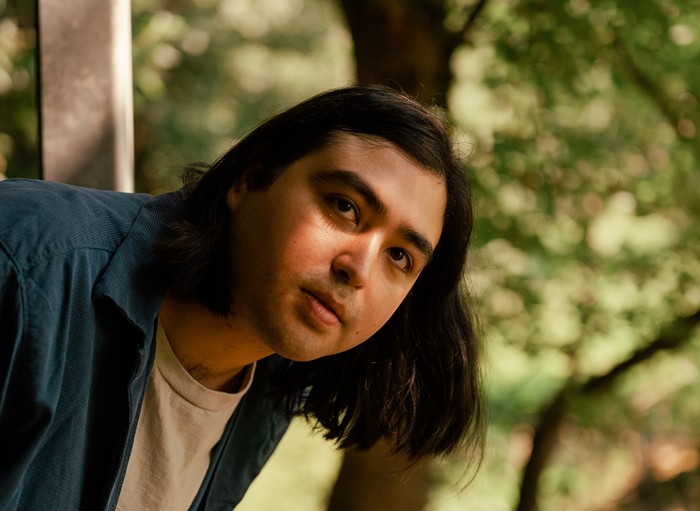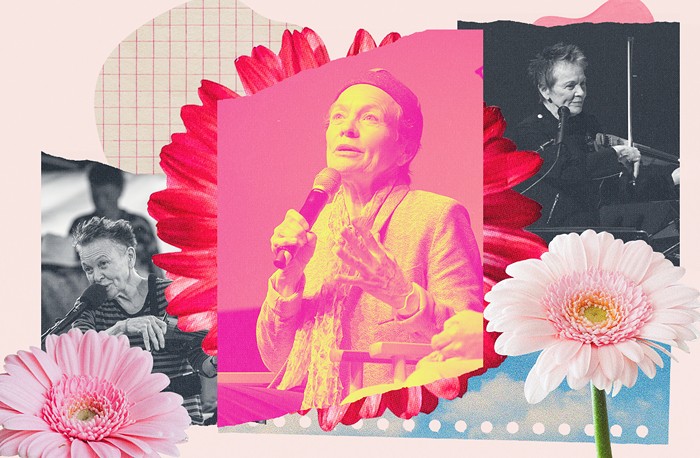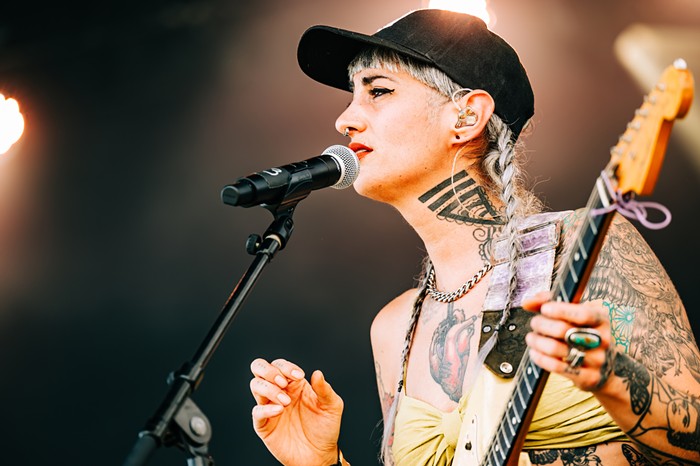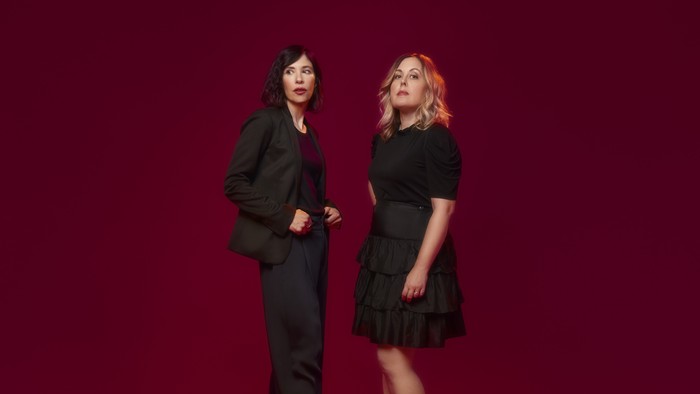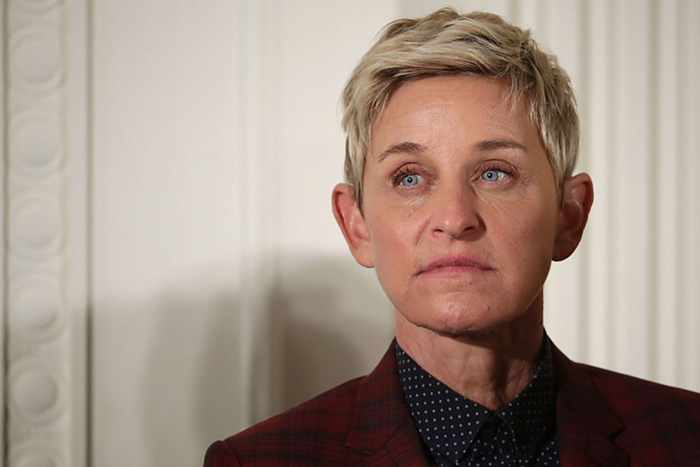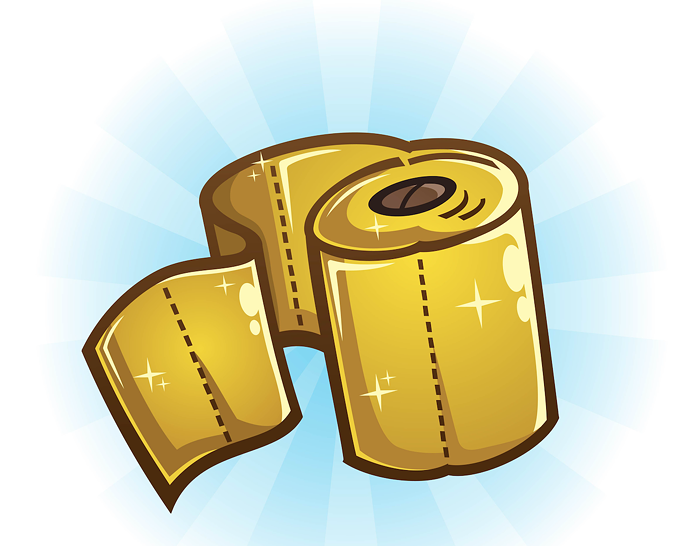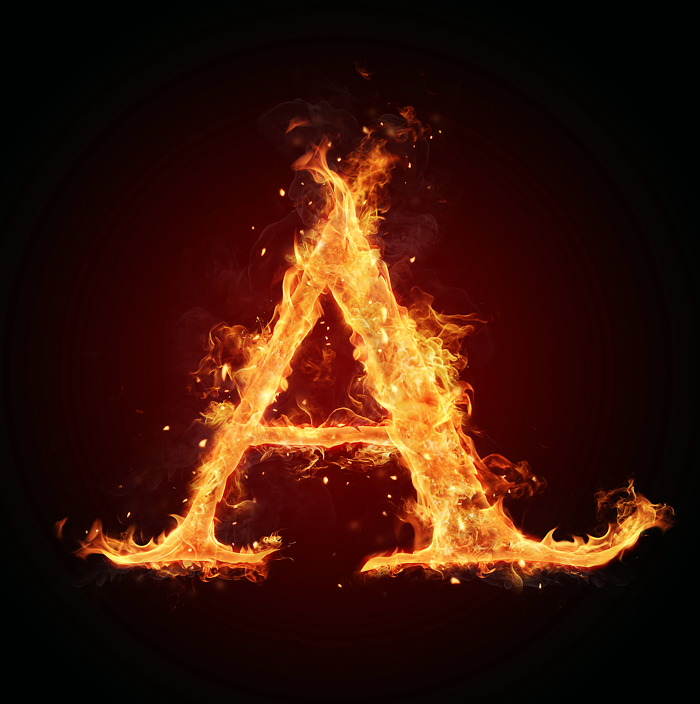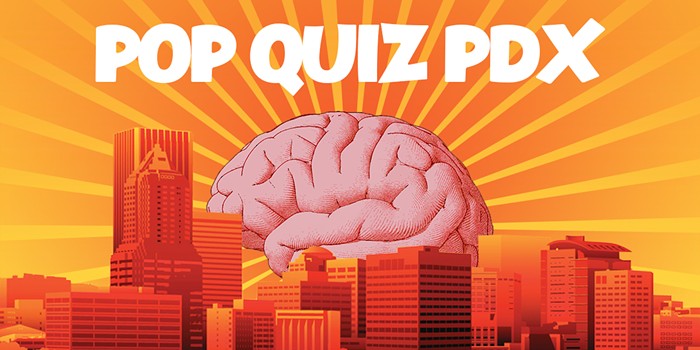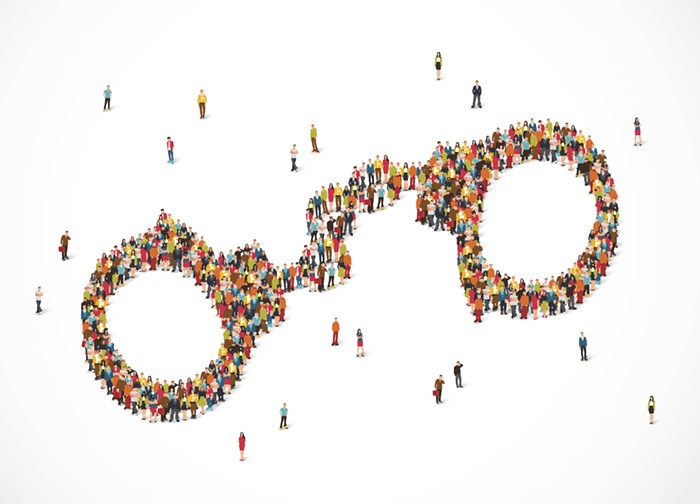
The past 20 years have been heavenly for Bob Dylan fans. Since 1991, the storied singer/songwriter and his longtime label have been releasing a wealth of material from his back pages. Much of it has arrived as part of the irregularly released Bootleg Series, which has included copious studio outtakes and live recordings like his legendary 1966 performance at London’s Royal Albert Hall where he faced hecklers and the famous cry of “Judas!” for daring to perform on an electric guitar.
Along the way, Dylan put the spotlight on “The Rolling Thunder Revue,” the much-fabled 1975-76 tour that found him playing smaller venues, slathering his face with white makeup, and ripping into meaty versions of material from his latest album Desire with a backing band that included future record producer T. Bone Burnett, violinist Scarlet Rivera, and, most surprisingly, former David Bowie guitarist Mick Ronson. The 2002 release that the artist and Columbia A&R man Steven Berkowitz unveiled—Volume Five of the Bootleg Series—was a spellbinding compilation pieced together from six shows of the tour’s first leg. Cue the grumbling from Dylanologists wanting to hear the concerts in full.
Seventeen years later, those folks are finally getting their wish fulfilled with this month’s release of The Rolling Thunder Revue: The 1975 Live Recordings, a hefty 14-disc boxed set that offers up the complete audio of five of the concerts Dylan gave during that tour, as well as three discs’ worth of rehearsals and a bonus collection of piecemeal material captured around that period. Even if it took the forthcoming release of a Martin Scorsese-directed documentary about the Rolling Thunder tour to make it happen, this massive and marvelous pinnacle is something rock fans should scale without hesitation.
The meat of this collection is, of course, those full live performances. And it’s those concerts that Dylan fans will be poring over with a metaphorical jeweler’s loupe to pull out the little details and differences in each one. Because, much as it is with any single tour, Dylan and his band stuck mostly to a rigid setlist. Each show kicked off with a rumbling version of “When I Paint My Masterpiece,” a tune originally recorded by The Band in 1971 and ran through a gaggle of freshly minted material or old favorites adapted for the full band treatment (“It Ain’t Me, Babe” is given a ska-like makeover; “Just Like A Woman” sears anew with blistering, bluesy playing). Along the way, Dylan is joined by old flame and opening act Joan Baez for a few tunes and he takes a solo acoustic turn. The shows end with the one-two combination of “Knocking On Heaven’s Door” and an all-star version of Woody Guthrie’s “This Land Is Your Land,” each verse handled by a different member of the touring party: Baez, Ramblin’ Jack Elliott, Joni Mitchell, Bob Neuwirth, and Roger McGuinn of the Byrds.
The variations within and the changes Dylan made from show to show are what will keep folks busy with this set for a good few months. Most of those came during the acoustic portion of the shows, when Dylan would open up a second set with a couple of songs on his own. The best of these is the performance captured at Quebec’s Forum de Montreal where he ran through two songs from Bringing It All Back Home: an almost rocksteady rendition of “It’s All Over Now, Baby Blue,” his voice quavering and piercing, and a version of “Love Minus Zero/No Limit” that sounds desperate and appropriately exhausted. Earlier in the tour, he dared to take on “Mr. Tambourine Man,” and spun out one of his most lovelorn sentiments “I Don’t Believe You (She Acts Like We Have Never Met),” both with a haunted edge.
There are plenty of surprises to be had within the full-band portions as well, like a weirdly chooglin’ take on “A Hard Rain’s a-Gonna Fall” that finds the many guitarists onstage (Dylan, Ronson, Burnett, and Steven Soles) wrestling for dominance. Also, the various versions of “Hurricane,” Dylan’s ode to the then-incarcerated former boxer Rubin “Hurricane” Carter, got progressively faster and more impassioned as the tour wore on. By the time they hit Montreal, the band was threatening to tumble into chaos, with Dylan spitting out the lyrics with virulence and bile.
To truly understand just how far Dylan was willing to push himself and his songs, look into the material compiled from the rehearsals he and the band undertook at New York’s S.I.R. Studios and the Seacrest Motel in Falmouth, Massachusetts. It’s enough to hear how much “A Hard Rain’s” changed from a country-blues stomp into the live wire version that they played on tour, or an attempt at what would have been a show-stopping medley of “Hurricane,” sandwiched between “This Wheel’s On Fire” and “All Along The Watchtower.”
As the rehearsals went on, it sounded like Dylan was attempting to free himself from the sound and spirit of his previous tour, a month-long run of shows with The Band. The earliest recordings here share a similar rough roots ramble, but by the time they reach Falmouth, his backing band (which Dylan had dubbed “Guam”) were finding their collective voice of punchy, woozy joy.
It was still a far cry from the heat that everyone would bring to the official tour, however. And that’s exactly why the 2002 compilation from these dates felt like such a tease. It was hardly the same as experiencing a band settling into a groove and a rhythm together, with the individual members daring one another to try new things and pushing toward new heights. They painted a masterpiece night after night and we’re finally, gloriously getting to see the whole picture.
